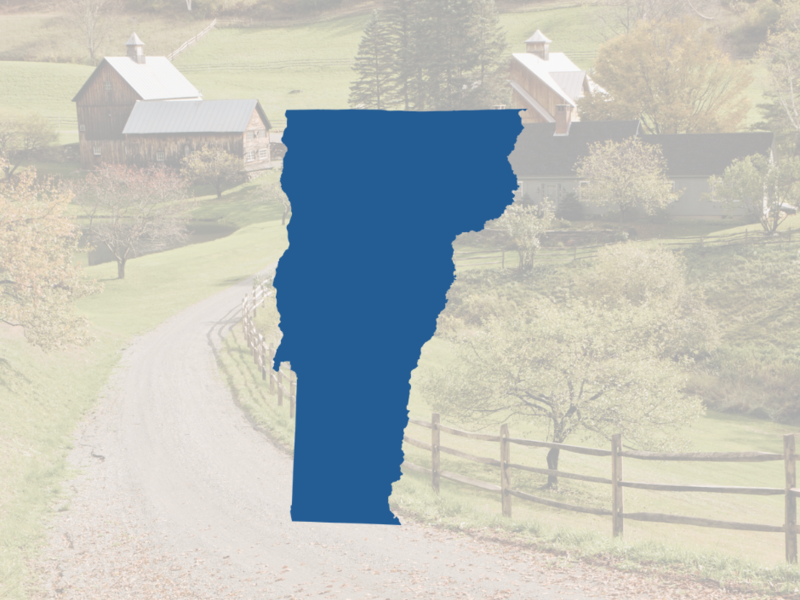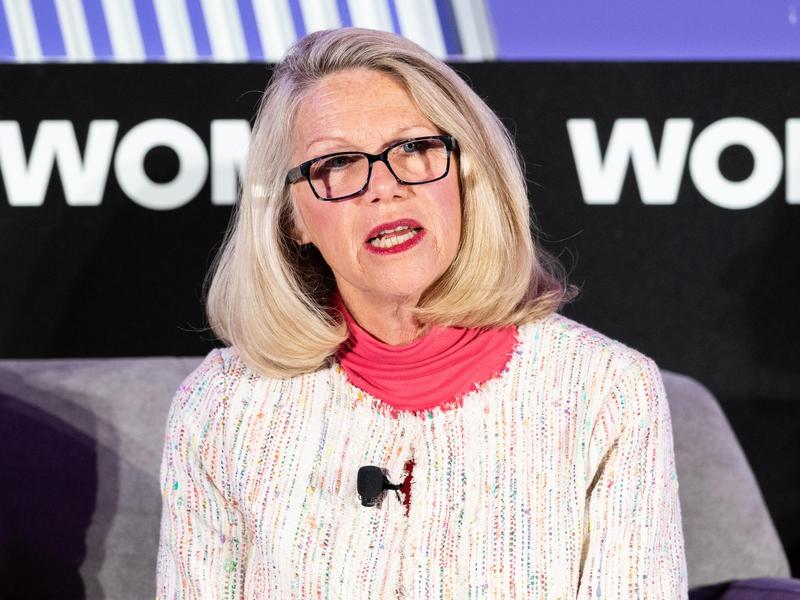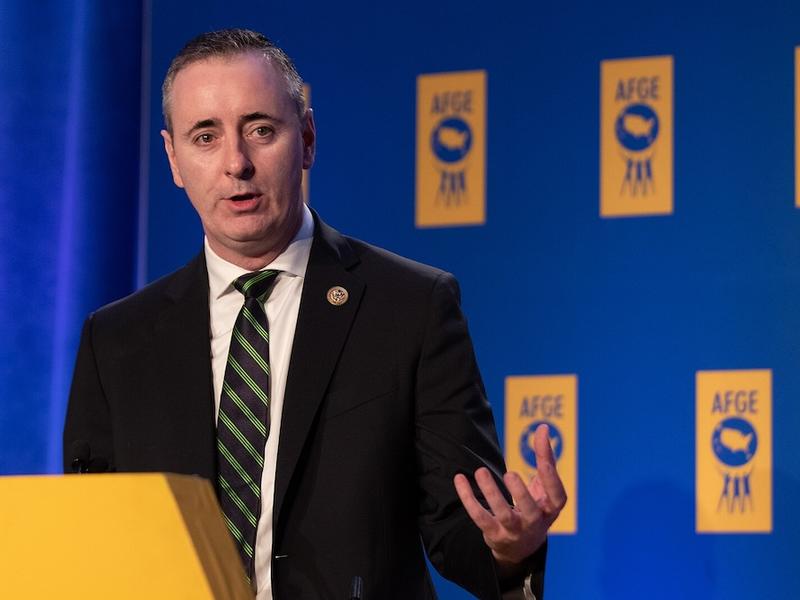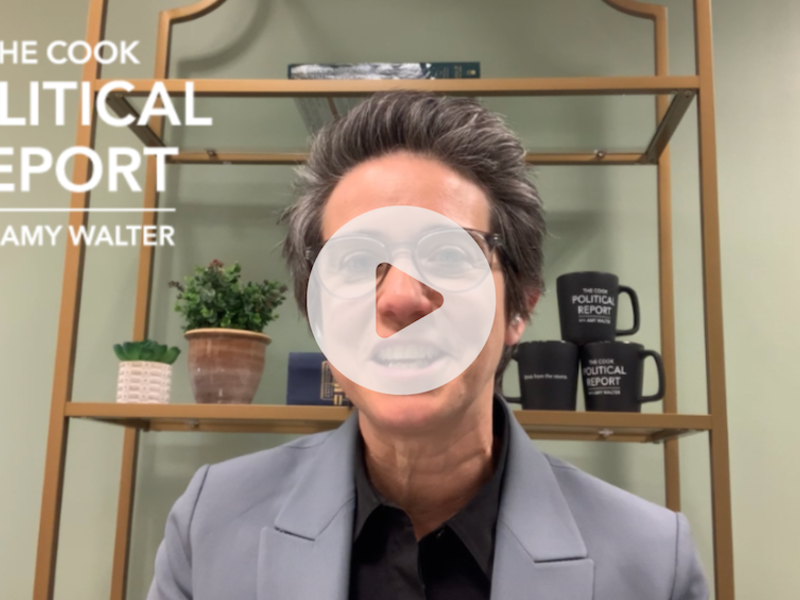
The toughest question for me this election cycle is which party, if either, will gain Senate seats.
With the obvious caveat that things can change between now and Nov. 6, it’s reasonably clear that Republicans in the House are going to have a tough election. The question is whether it will be bad, really bad, or really, really bad. Even though President Trump’s current approval ratings aren’t as weak as they were in the fall, they are still at a historically low level for a president at this stage and definitely in the danger zone. And remember, the president’s approval ratings and the performance of his party in House races are historically often linked.
But the Senate outlook is far more complicated. On the one hand, there are those low poll numbers for Trump (39 percent approve, 56 percent disapprove in the March 26-April 1 Gallup Poll) and a heightened intensity among Democratic voters that are flashing “danger, danger, danger” for the GOP. And yet the politics of the states where senators are up for reelection make this Senate map the most lopsided in modern history, favoring Republicans. I keep talking about the Democratic tidal wave crashing up against the Republican seawall; in the Senate, it is a fair fight between the two.
This peculiar situation almost invites the conclusion that we could have offsetting penalties on this play and little if any net change in the Senate. But things are rarely this simple in politics. As my colleague, Cook Political Report Senior Editor and Senate election expert Jennifer Duffy, points out, the close races in the Senate tend to break disproportionately in one direction rather than splitting evenly. According to Duffy, over the last 10 elections, among the Senate contests rated in the “Toss Up” column by The Cook Political Report going into Election Day, 80 percent have broken the same direction. Let’s look more closely:
- Going into the day of the election in 1998, there were seven Senate races rated as Toss Ups—five seats held by Democrats and two by Republicans—and Democrats won six out of seven (86 percent).
- In 2000, with the same class of Senate seats up in 2018, there were nine in the Toss Up column—two held by Democrats, seven by Republicans—and Democrats won seven out of nine (78 percent).
- There were nine Toss Ups again in 2002—five held by Democrats, four by Republicans—and the GOP won six out of nine (67 percent).
- There were nine Toss Ups yet again in 2004, again with five held by Democrats and four by Republicans, and Republicans won eight out of nine (89 percent).
- In 2006, again with the same class as this year, there were nine Toss Ups—seven held by the GOP, two by Democrats—and Democrats won eight out of nine (89 percent).
- In 2008 there were 10 Toss Ups, all held by Republicans, and Democrats won eight of 10 (80 percent).
- In 2010, there were just seven Toss Ups, all held by Democrats, and Democrats won five out of seven (71 percent).
- In 2012, the last time this year’s Senate seats were up, there were 10 Toss Ups, five held by each side, and Democrats won eight out of 10 (80 percent).
- There were nine Toss Ups in 2014—seven held by Democrats, two by Republicans—with Republicans winning eight out of nine (89 percent).
- Two years ago there were just seven Toss Ups—six held by Republicans, one by a Democrat—and Republicans won five out of seven (71 percent).
This tendency for explosive finishes in the closest Senate races, with the last gust of wind disproportionately pushing so many of the tight ones in the same direction, along with a smaller number of seats up than in the House, creates a volatility in Senate outcomes that makes them harder to predict.
It should be noted that once Gov. Rick Scott (R) officially jumps into the Senate race against Democratic Sen. Bill Nelson, the mega-state of Florida will get moved into the Toss Up column. But there are seven states currently rated by The Cook Political Report as Toss Ups, and three out of the seven are in smaller-population states—Nevada (Dean Heller), North Dakota (Heidi Heitkamp), and West Virginia (Joe Manchin)—while the other four are in medium-size states—Arizona (Jeff Flake’s open seat), Indiana (Joe Donnelly), Missouri (Claire McCaskill), and Tennessee (Bob Corker’s open seat).
So it could be a pretty small number of votes spread across a relatively low number of states that will determine the fate of the Senate. As we all learned in the 2016 presidential election, sometimes small vote totals can have big consequences.








Subscribe Today
Our subscribers have first access to individual race pages for each House, Senate and Governors race, which will include race ratings (each race is rated on a seven-point scale) and a narrative analysis pertaining to that race.